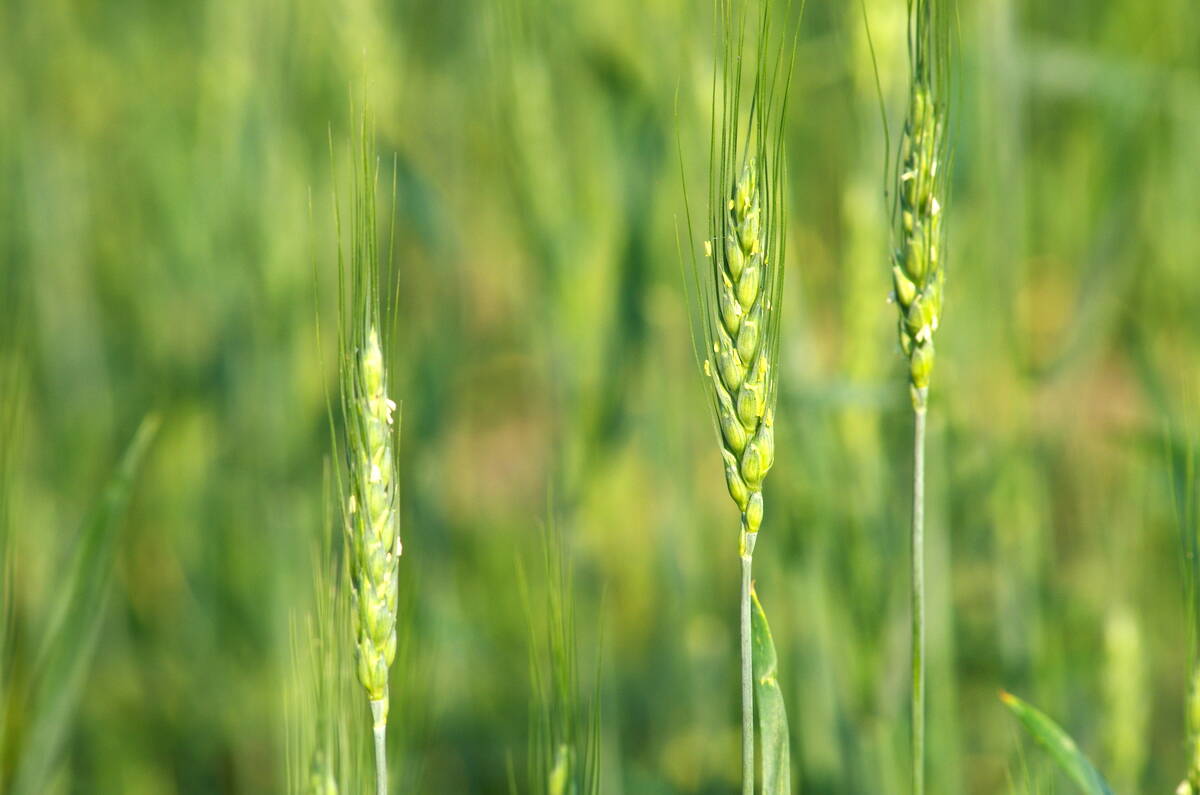Many in the seed and seed treatment sectors hoped, as the 2013 growing season came to a close, that development of a new fluency agent would be the beginning of the end of controversy between beekeepers and the crops sector.
At issue was the use of neonicotinoid-based insecticidal seed treatments and alleged ties to bee deaths and colony collapse in Ontario. Last year, mainstream media reports routinely savaged farmers and the agri-food industry for using neonicotinoid-based seed treatments, in spite of efforts by researchers and private-sector interests to determine the extent of any damage, and then to find a workable solution. As the season wore on, the battle between beekeepers and farmers became more heated.
Read Also

California researchers create nitrogen-fixing wheat
U.S. crop breeders have created a wheat variety capable of creating its own nitrogen fertilizer.
The topics of bee health, seed treatments and a new form of dry lubricant were addressed during the season’s first meeting of certified crop advisers, retailers and staff with the Ontario Ministry of Agriculture and Food near Exeter, Ont. last Tuesday (April 15).
Dubbed the Fluency Agent, the new polyethylene wax-based seed flow lubricant was developed and tested extensively last year by Bayer CropScience and promoted at various events as a replacement for talc and/or graphite in negative-air (vacuum) planters. The new product became commercially available in February. [Related story]
Recommendations on the Fluency Agent’s use are posted on the OMAF website. At the meeting, it was stated that there’s still considerable confusion surrounding the use of the material — for example, that some farmers are talking about using the same “standard” for the Fluency Agent as they did with talc or graphite (“if one gloveful works, then two must be better”).
That rationale will not work, said one seed dealer attending the meeting. Another reminded those in attendance of the one-eighth-cup application recommendation made on the Bayer CropScience website.
Another seed company agronomist suggested mixing the agent in advance sufficiently to avoid clumping and reduce the potential for planter tubes to become clogged.
On OMAF’s website, it’s also stated clearly that if a grower has been planting corn or soybeans without a dry lubricant in the past, there is no requirement that he or she must use it now.
It was also noted that representatives from Health Canada’s Pest Management Regulatory Agency will be performing spot checks in the region as the planting season gets underway.
— Ralph Pearce is a field editor with Country Guide at St. Marys, Ont.















